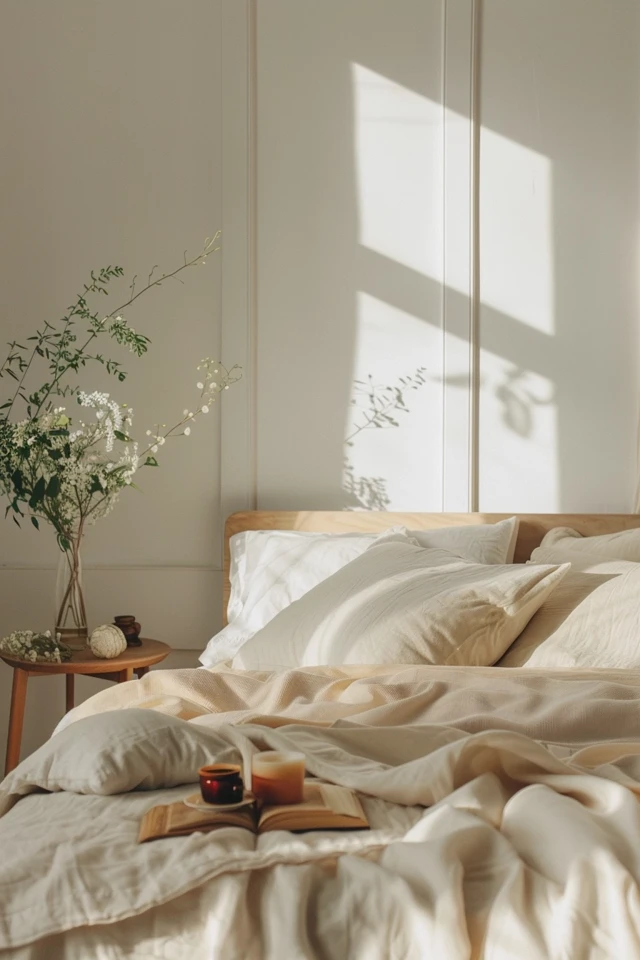Creating a beautiful blonde color with paint can be a fun and artistic endeavor. Whether you’re painting a canvas or working on a model, achieving the perfect shade of blonde requires some color mixing expertise. In this guide, I will walk you through the steps to create your desired blonde color using acrylic paints.
Key Takeaways:
- Acrylic paints in shades of white, yellow, brown, green, and red are essential for crafting a blonde color with paint.
- Experiment with color mixing on a scrap piece of paper before applying it to your canvas or model.
- Create a base color using yellow, white, or flesh tone, depending on the specific shade of blonde you want to achieve.
- Add small amounts of yellow or olive green paint to create the first layer of blonde.
- To add depth and dimension, use a color wash of red, brown, or olive green to create shadows in the hair.
Understanding the Basics of Mixing Colors
Learning how to mix colors can be daunting, but it’s an essential skill for artists. By understanding the basics of color theory, you can create a wide range of shades and achieve the desired results in your artwork. While you don’t need an in-depth knowledge of color theory to start painting, it helps to experiment with mixing different colors and understanding their relationships.
The color wheel is a useful tool that can guide you in understanding color combinations and how they can be used to create different effects. It consists of primary colors, secondary colors, and intermediate colors. The primary colors are blue, red, and yellow, and by combining these colors, you can create secondary colors such as orange, green, and purple.
Complementary colors, which are opposite each other on the color wheel, can create vibrant contrasts when mixed together. For example, mixing complementary colors like blue and orange or red and green can result in a rich, visually striking combination. On the other hand, mixing analogous colors, which are adjacent on the color wheel, can create harmonious and cohesive color schemes.

When mixing colors for your blonde shade, it’s important to consider the biases of different paint colors. Some paint colors may have a tendency to lean towards certain hues. For example, a yellow paint might have a slight green bias, while a red paint might have an orange bias. Take these biases into account when mixing colors to achieve the desired shade of blonde.
Experimenting with color mixing on a scrap piece of paper or a color mixing palette can help you understand how different colors interact and how they can be mixed to achieve your desired results. Start with small amounts of paint and gradually add more as you get a feel for how different colors combine. Remember, practice makes perfect, so don’t be afraid to experiment and discover new color combinations to enhance your artistic creations.
Choosing the Right Shade for Your Skin Tone
When it comes to choosing a blonde shade with paint, one important factor to consider is your skin tone. Different shades of blonde can complement different skin tones, so it’s important to find the right balance for a flattering look.
Warm tones, such as golden, olive, or dark skin with brown eyes, generally look best with warm shades of blonde. Honey, golden, or caramel blonde hues can enhance the warmth of your complexion and create a beautiful harmony.
On the other hand, cool tones, such as fair skin with blue or green eyes, can opt for cool shades of blonde. Ash, beige, or pearl blonde tones can bring out the natural coolness of your complexion for a striking and chic appearance.
In addition to considering your skin tone, it’s also important to take into account your natural hair color and eyebrow color. To achieve a natural-looking blonde, try going only 2-3 shades lighter than your natural hair color. This subtle change can give you a fresh and sun-kissed look without appearing too drastic.
If your skin has pinkish undertones, it’s recommended to choose cool blonde shades to avoid over-reddening of your complexion. Remember, finding the perfect blonde shade is a personal journey, and consulting a professional stylist can provide valuable insights, especially if you have darker-toned or medium-toned skin.


